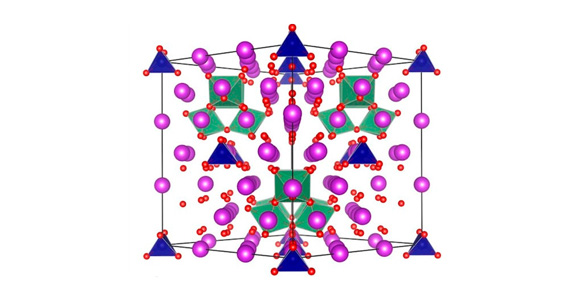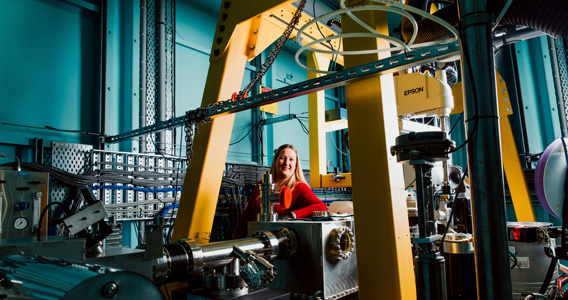Beamlines
The MX beamlines are general purpose crystallography beamlines dedicated to chemical and biological structure determination. Single crystals can be analysed using single (SAD) or multiple wavelength anomalous dispersion (MAD). Automated energy changes are available, and samples can be mounted using a SSRL robot. Expert technical assistance is available to help users who are not specialist crystallographers.
MX1 The MX1 beamline is a bending-magnet beamline. The stability and ease of use of this beamline make it suitable for high-throughput crystallography projects.
MX2 The MX2 beamline is a finely focused in-vacuum undulator beamline and is equipped with a microcollimator. It is ideal for weakly-diffracting, hard-to-crystallise proteins, viruses, protein assemblies and nucleic acids as well as smaller molecules such as inorganic catalysts and organic drug molecules.
Beamline specific features
|
|
MX1 |
MX2 |
|
Energy range (user controlled) (keV) |
8-18 |
8-15.5 |
|
Beamsize at sample position (FWHM HxV) (µm) |
120x120 |
25x15 |
|
Camera zoom |
fixed length camera (5X) |
zoom camera (8X) |
|
Minimum recommended crystal size |
protein crystals >50µm; chemical crystals as small as 10µm (with strongly scattering elements) |
protein crystals >10µm; chemical crystals as small as 5µm (with strongly scattering elements) |
|
|
|
|
|
Additional features |
UV laser |
Micro-collimator |
Features common to both beamlines
· Local/ remote beamline operation; remote access through NX technology or HTML5 VNC client Guacamole
· Automated scans of metal edges for MAD and excitation scans
· Automated data processing
· Sample mounting robot (SSRL type) accepting both SSRL cassettes and unipucks without lids; sample exchange time ~2min (centering time excluded); optional manual mounting of crystals directly onto gonio
· active beam position steering
Techniques Available
· High resolution single wavelength anomalous dispersion (SAD)
· Multiple wavelength anomalous dispersion (MAD)
· Radiation damage induced phasing (using UV laser on MX1)











